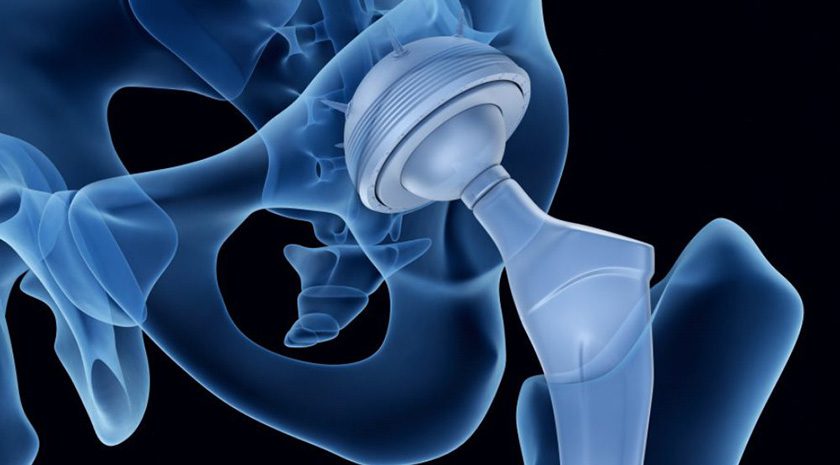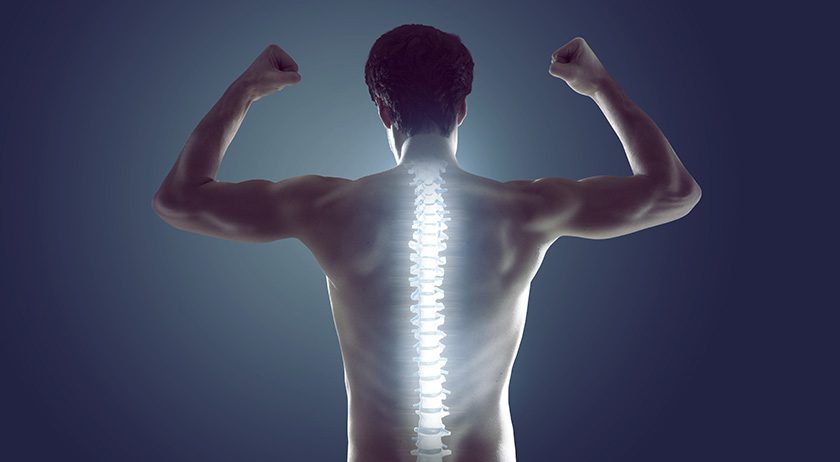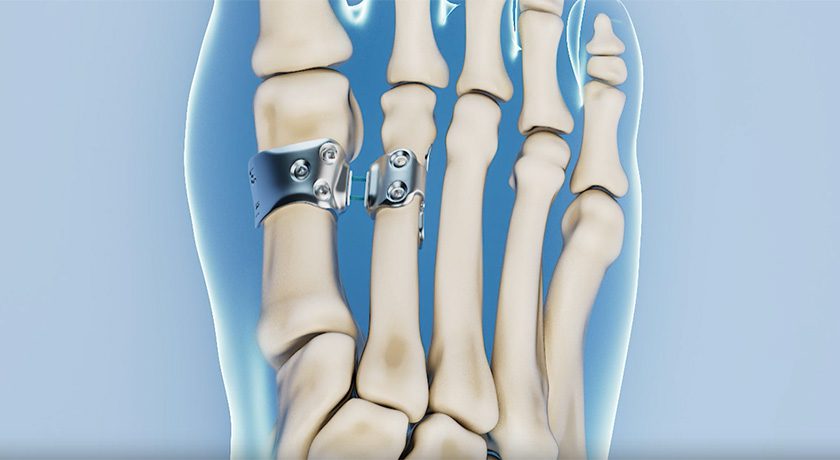

 Copy to clipboard
Copy to clipboard 
While spine assets remain the most popular for orthopedic M&A, the gap has closed significantly over the last four years.
From 2017 to 2020, we tracked a total of 156 orthopedic mergers and acquisitions. Spine accounted for 48 of those transactions, or 31% of the total. The next highest was trauma, with 19% as it benefitted from the rapid consolidation of the foot and ankle space that peaked in 2019 and 2020.
Over the next four years, from 2021 to 2024, total deal volume fell almost 30% to a total of 110. Spine accounted for 23% of those transactions, while trauma, joint replacement and sports medicine all declined slightly.
However, orthobiologics and digital activity increased markedly. Orthobiologics jumped from 9% of transactions to 20%, while digital accelerated from 12% to 19% of all transactions.
Our sample size for 2025 is limited, but so far spine is back to 30% while digital crept up to 20%. We expect spine to regress a bit as more deals are announced over the course of the year, but digital is likely to continue its growth.
While spine assets remain the most popular for orthopedic M&A, the gap has closed significantly over the last four years.
From 2017 to 2020, we tracked a total of 156 orthopedic mergers and acquisitions. Spine accounted for 48 of those transactions, or 31% of the total. The next highest was trauma, with 19% as it benefitted from the...
While spine assets remain the most popular for orthopedic M&A, the gap has closed significantly over the last four years.
From 2017 to 2020, we tracked a total of 156 orthopedic mergers and acquisitions. Spine accounted for 48 of those transactions, or 31% of the total. The next highest was trauma, with 19% as it benefitted from the rapid consolidation of the foot and ankle space that peaked in 2019 and 2020.
Over the next four years, from 2021 to 2024, total deal volume fell almost 30% to a total of 110. Spine accounted for 23% of those transactions, while trauma, joint replacement and sports medicine all declined slightly.
However, orthobiologics and digital activity increased markedly. Orthobiologics jumped from 9% of transactions to 20%, while digital accelerated from 12% to 19% of all transactions.
Our sample size for 2025 is limited, but so far spine is back to 30% while digital crept up to 20%. We expect spine to regress a bit as more deals are announced over the course of the year, but digital is likely to continue its growth.

You are out of free articles for this month
Subscribe as a Guest for $0 and unlock a total of 5 articles per month.
You are out of five articles for this month
Subscribe as an Executive Member for access to unlimited articles, THE ORTHOPAEDIC INDUSTRY ANNUAL REPORT and more.
ME
Mike Evers is a Senior Market Analyst and writer with over 15 years of experience in the medical industry, spanning cardiac rhythm management, ER coding and billing, and orthopedics. He joined ORTHOWORLD in 2018, where he provides market analysis and editorial coverage.







